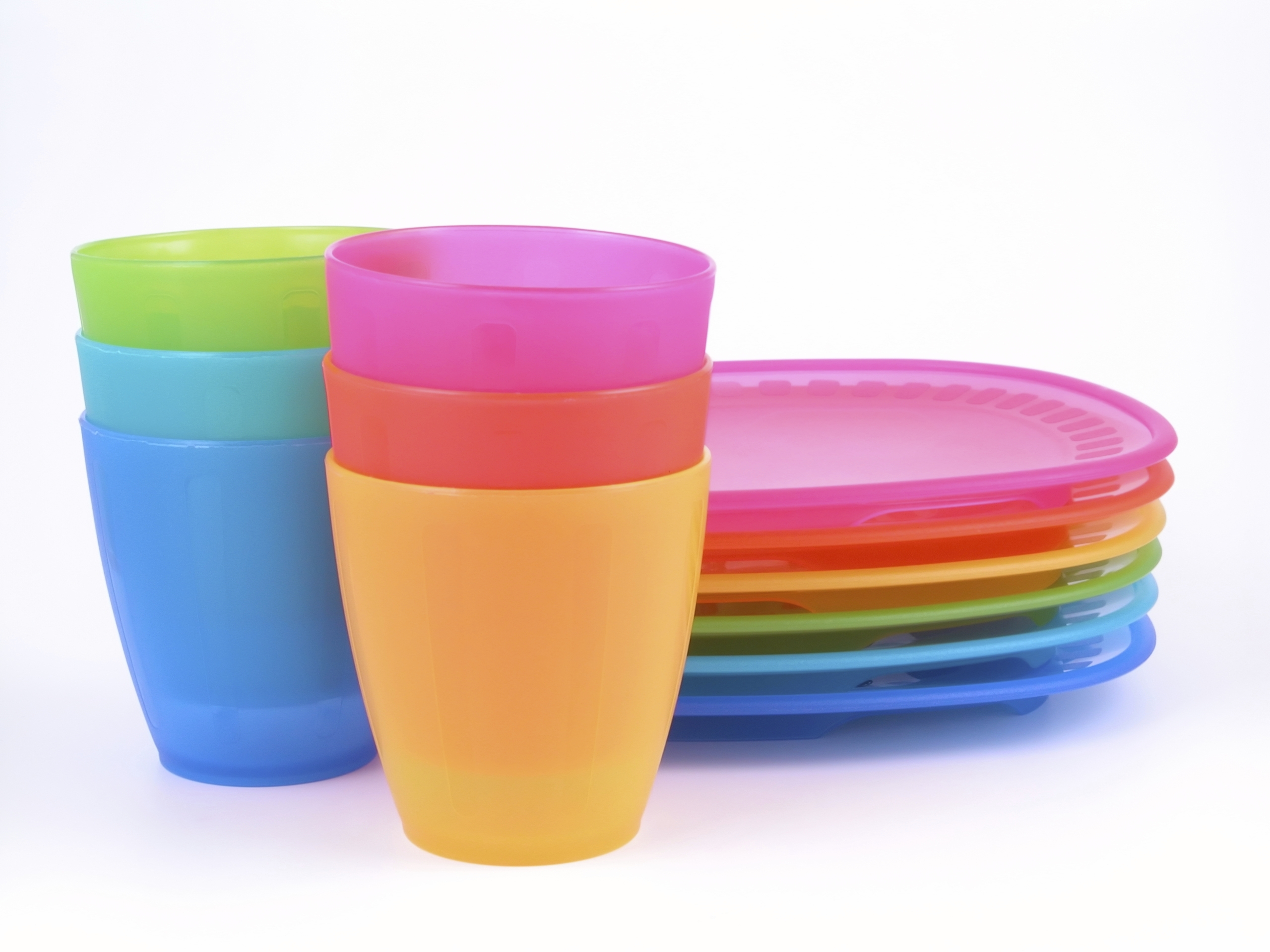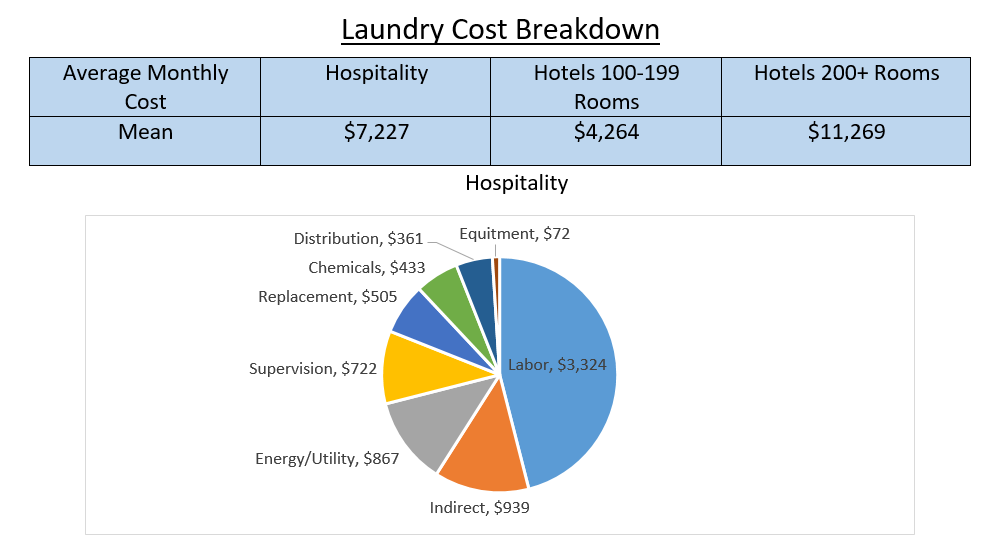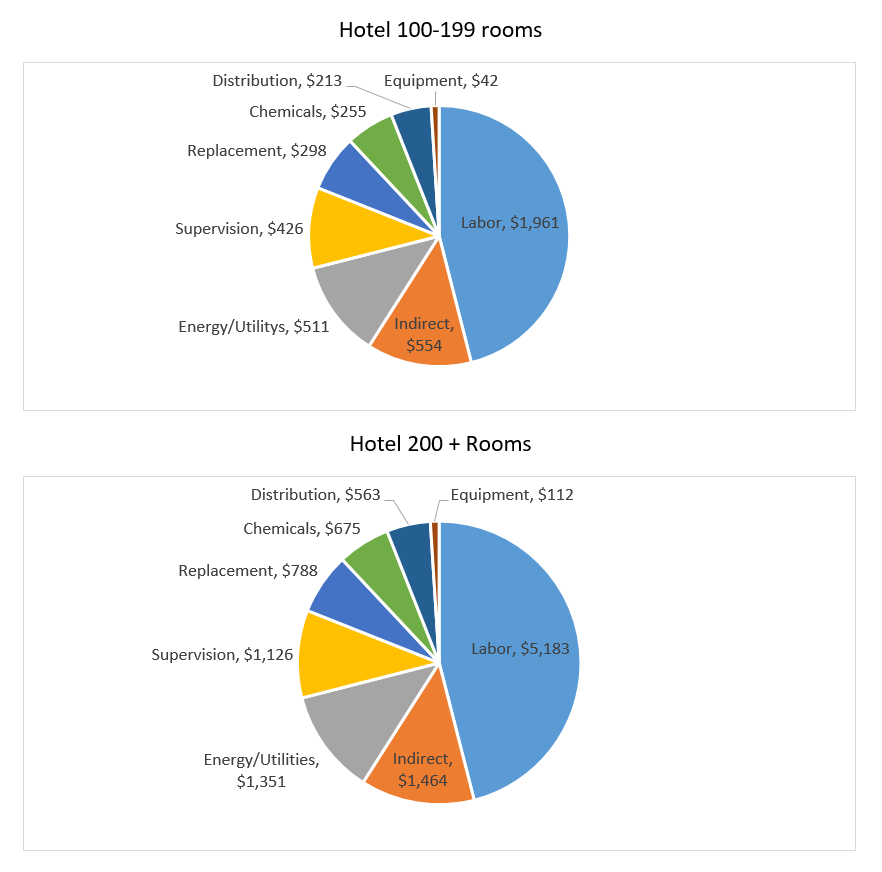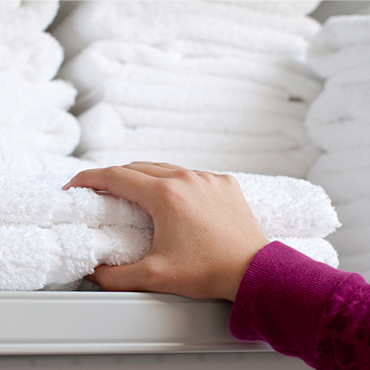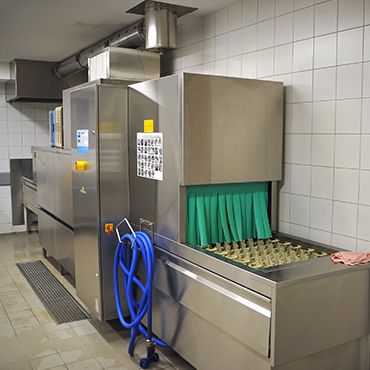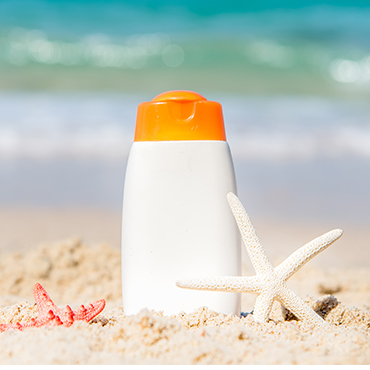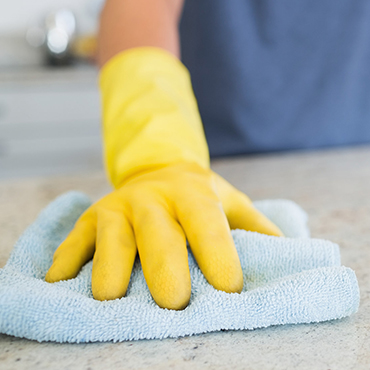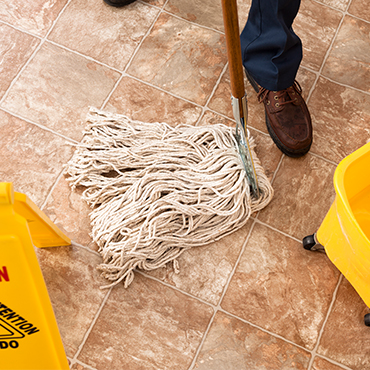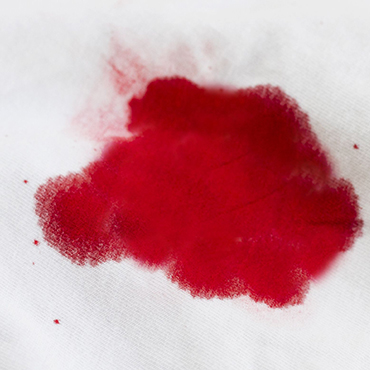Drying Plastic Ware
Drying plastic ware can be particularly challenging. Some accounts predominantly use plastic ware and require a unique approach in regards to setting up the dish machine and the types of chemicals used. Glass and metal items have substantially more mass and retain more heat than plastic ware making them easier to dry. As a result, plastic dishes are unable to evaporate water droplets as quickly. Here are a couple of things we can do to help dry plastic ware.
Using the proper rinse additive. Some rinse additives sheet and dry better at lower temperatures. USC Auto Dry is a high solids rinse additive that works well on plastic ware.
Increase temperatures. Since plastic doesn’t retain heat well, increasing the temperatures on the dish machine will
help. Low-temperature dish machines should not go over 140 degrees for the wash and rinse. High-temperature
dish machines should not go over 165 degrees for the wash and 190 degrees for the final rinse.
Inspect final rinse jets. Rinse jets should spray an even V pattern. If there are any irregularities in the spray pattern
of the final rinse water it will not sheet, causing spots and slower dry times.
Adjust final rinse pressure. Rinse pressure should be between 15 – 25 psi. Most chemical specialists have the final
rinse pressure set at 20 psi. In most cases this is sufficient but when dealing with a lot of plastic ware adjusting the
rinse pressure to give you the most uniform sheeting is important. Usually lowering the psi will reduce droplets on
the ware and provide better sheeting thus increasing dry times.
Check for Styrene Etch. If the plastic ware is scratched or the outer styrene layer is damaged the ware will not be
able to sheet and dry in a timely manner.

